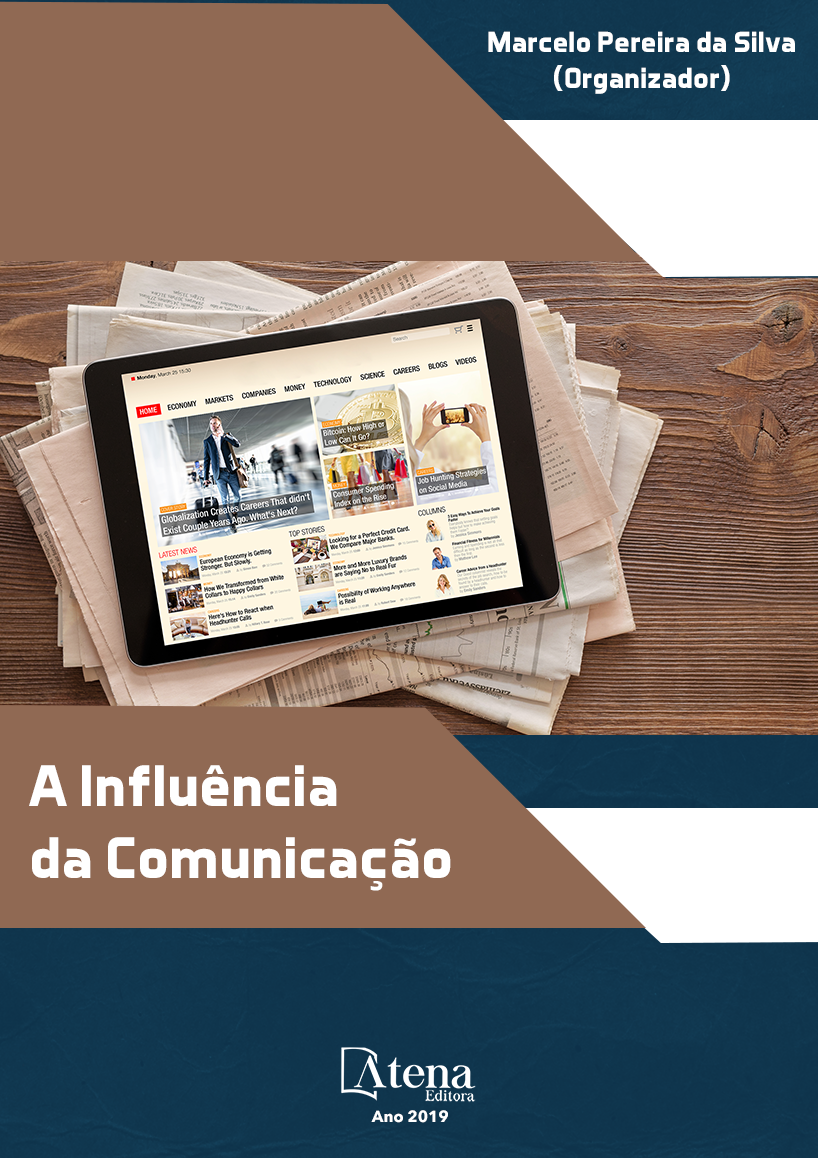
AS POTENCIALIDADES DA REDE SOCIAL NA ALAVANCAGEM DE EVENTOS ACADÊMICOS.
As mídias sociais hoje ocupam
espaço estratégico na divulgação científica ao
formar redes de relacionamento por interesses
comuns. Estudar o comportamento humano
por métodos quantitativos pode contribuir
para compreensão da formação dos atoresrede
fundamentais para compartilhamento
de informações e conhecimentos de eventos
acadêmicos (Tarde, 1903; Granovetter, 1973;
Latour et al, 2015). Este estudo apresenta
análise de potencialidade dos nós, baseada
na teoria de redes (Barabási, 2003) do evento
acadêmico “I Simpósio Internacional das Redes
Sociais” ocorrido em novembro/2017, Rio de
Janeiro, Brasil. Durante o período de divulgação,
posts foram criados e compartilhados, na rede
social Facebook, proporcionando interações. A
análise centrou-se na identificação dos vínculos
existentes entre 114 pessoas que curtiram os
posts e entre os nós de primeiro grau, a partir
de uma matriz de relações, organizada no
Excel, produzindo-se grafos, no software Gephi.
Análises das medidas de centralidade de grau
(quantidade de conexões) e intermediação
(ponte para distintos nós) mostraram que:
a rede é representada por dois nós centrais
vinculados às instituições realizadoras do
evento; e que o segundo nó, pela medida de
grau, ficou em quarto quando observada a
medida de intermediação, sugerindo não existir
relação direta entre quantidade de conexões
e intermediação das relações. As informações
coletadas colaboram para analisar a natureza
dos nós fortes e fracos na compreensão
das dinâmicas de alavancagem de eventos
acadêmicos em redes sociais.
AS POTENCIALIDADES DA REDE SOCIAL NA ALAVANCAGEM DE EVENTOS ACADÊMICOS.
-
DOI: 10.22533/at.ed.84319071020
-
Palavras-chave: ciência das redes. análise de rede social, evento acadêmico, metodologia.
-
Keywords: network science, social network analysis, academic event, methodology.
-
Abstract:
Social media today occupy a strategic space in scientific dissemination
by forming networks of relationships for common interests. Studying human behavior
by quantitative methods can contribute to understanding the formation of fundamental
network-actors in the sharing of information and knowledge of academic events (Tarde,
1903; Granovetter, 1973; Latour et al, 2015). This study presents the analysis of node
potentiality, based on the network theory (Barabási, 2003) of the academic event “I
International Symposium on Social Networks”, held in November/2017, Rio de Janeiro,
BR. Release were posts created and shared on the social network Facebook, providing
interactions. The analysis focused on the identification of the links between 114 people
who enjoyed the posts and between the nodes of the first degree, from an array of
relations, organized in Excel, producing graphs, in Gephi software. Analyzes of the
measures of degree centrality (number of connections) and intermediation (mediation
to distinct nodes) showed that: the network is represented by two central nodes linked
to the institutions conducting the event; and the second node, by measure of degree,
was fourth when the measure of intermediation was observed, suggesting that there is
no direct relationship between quantity of connections and intermediation of relations.
The collected information collaborates to analyze the nature of the strong and weak
nodes in the understanding of the leverage dynamics of academic events in social
networks.
-
Número de páginas: 15
- Daniele Dantas
- Rodrigo Duarte Guedes
- Marcos do Couto Bezerra Cavalcanti
- Valeria Macedo


